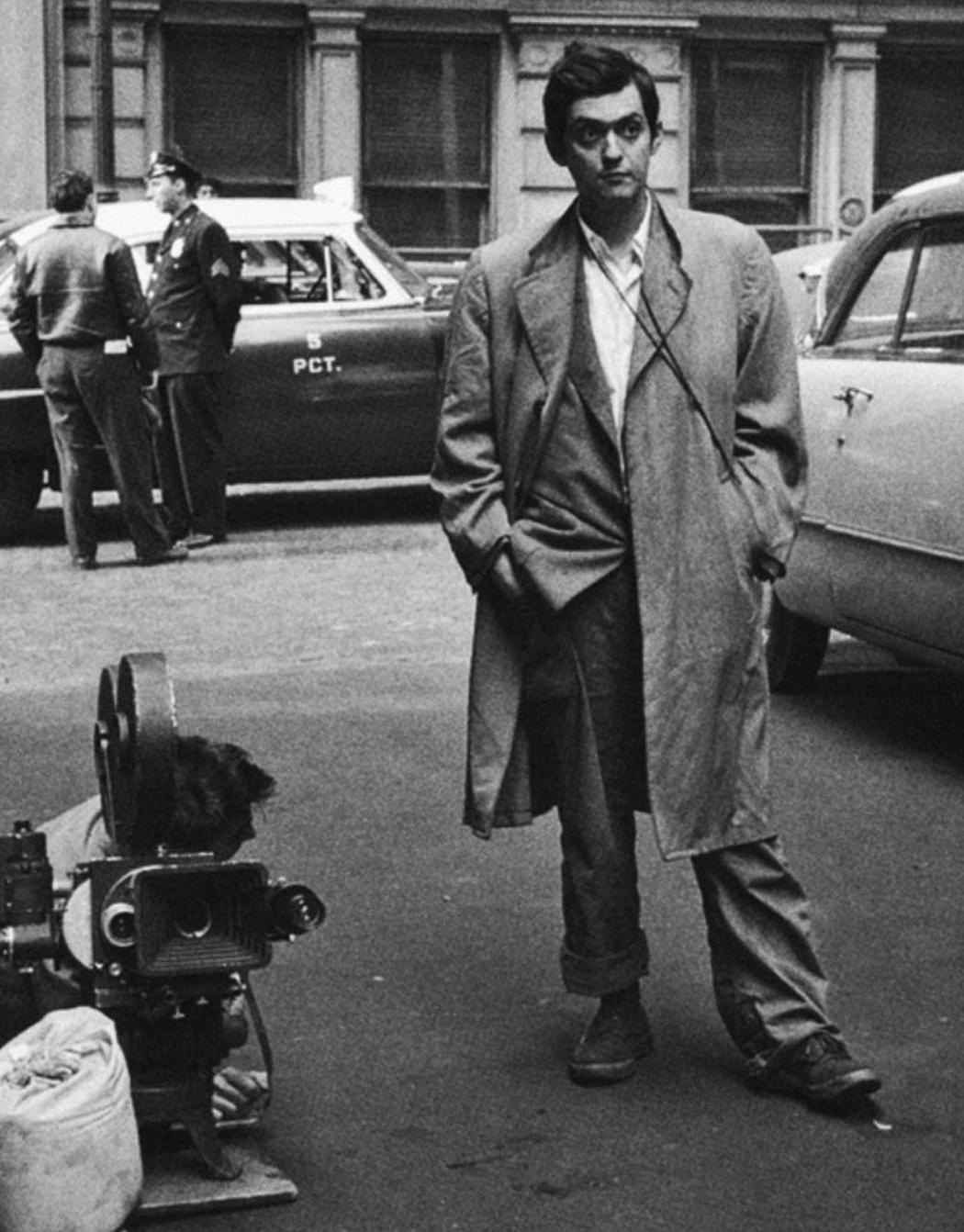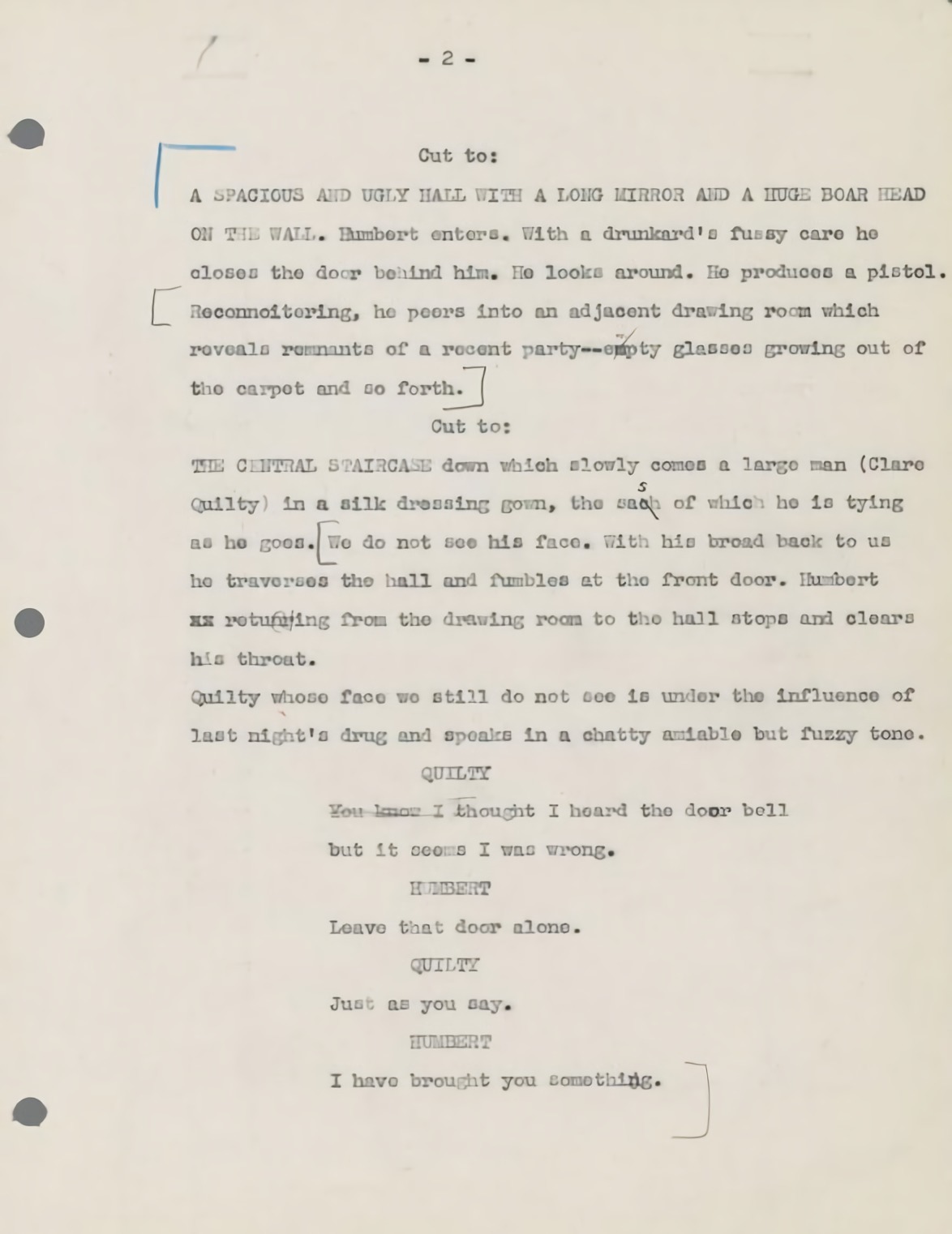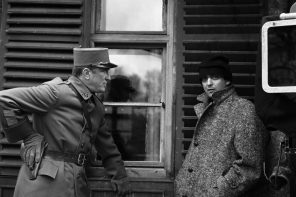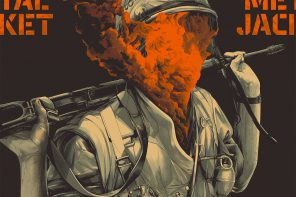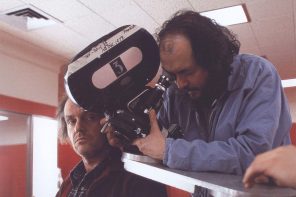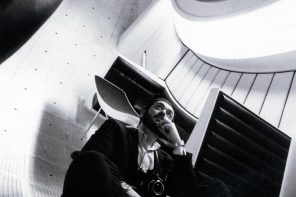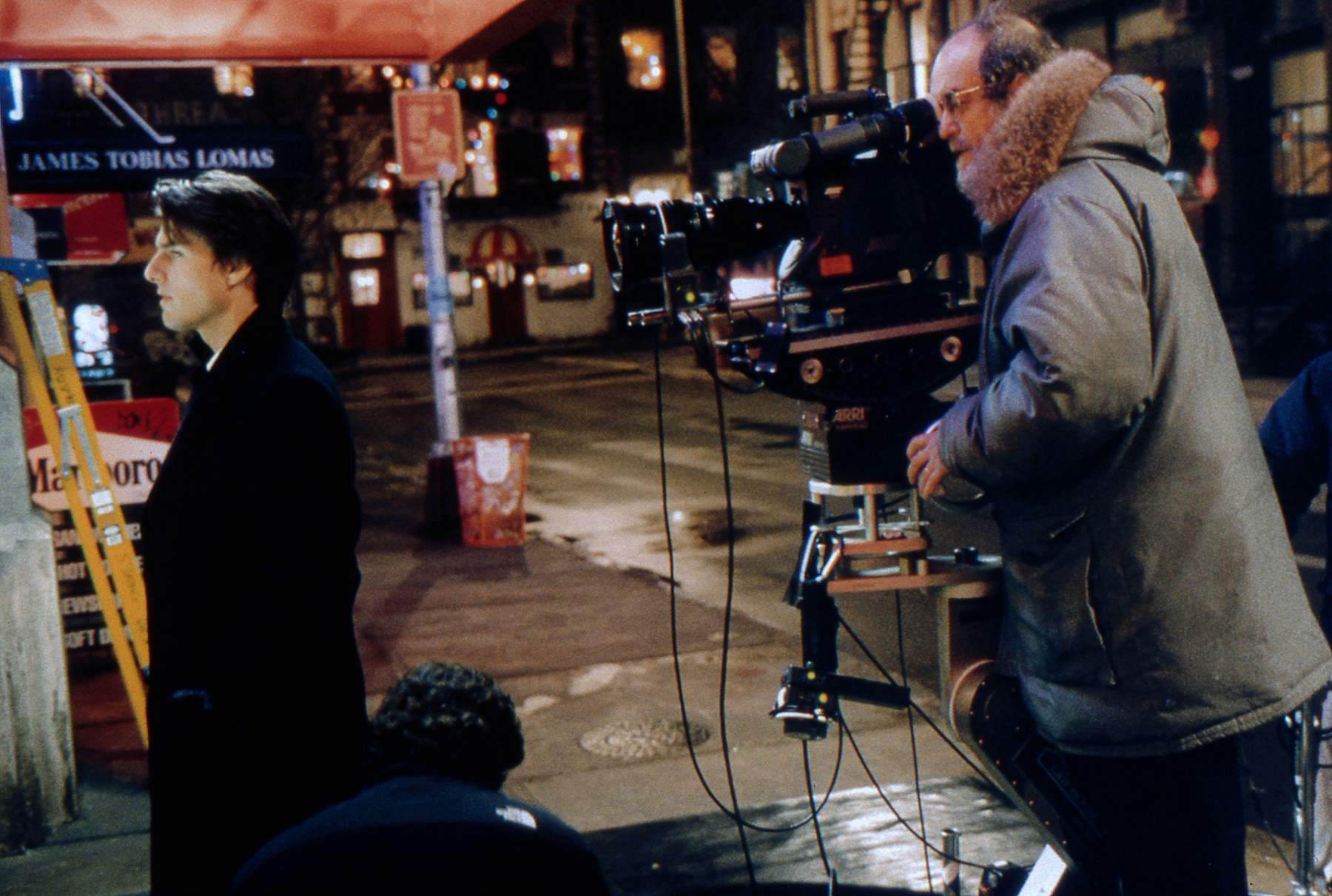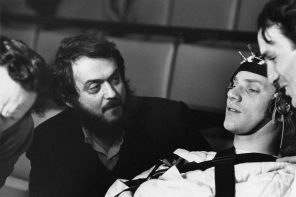What led you into filmmaking?
I was born in New York City, where my father was a doctor. My parents wanted me to become a doctor, and I was supposed to go to medical school, but I was such a misfit in high school that when I graduated I didn’t have the marks to get into college. But like almost everything else good that’s ever happened to me, by the sheerest stroke of luck, I had a very good friend at Look, which gave me a job as a still photographer. After about six months, I was made a full-fledged staff photographer. My highest salary was $105 a week, but I did travel around the country, and I went to Europe and it was a great thing. I learned a lot about people and things. And then I made a documentary film—the first one I made—called Day of the Fight. It was about a boxer called Walter Cartier and everything that happened on the day of a fight. I thought there was a great future in making documentaries, but I didn’t make any money on any of the documentaries I made. Then I made a feature, Fear and Desire, and then Killer’s Kiss. That led to The Killing and my association with [producer] Jim Harris. We did Paths of Glory and Lolita together.
What’s the best preparation for being a film director?
Seeing movies. One of the things that gave me the most confidence in trying to make a film was seeing all the lousy films that I saw. Because I sat there and thought, Well, I don’t know a goddamn thing about movies, but I know I can make a film better than that. —Stanley Kubrick, The Artist Speaks for Himself
The Directors Series is an educational non-profit collection of video and text essays by filmmaker Cameron Beyl exploring the works of contemporary and classic film directors. Embedded below is a fascinating first part of a series examination into the films and career of director Stanley Kubrick, covering his early independent feature films: Fear and Desire (1953), Killer’s Kiss (1955), and The Killing (1956).
Part 2 of the Directors Series’ covering Kubrick’s features in collaboration with actor Kirk Douglas: Paths of Glory (1957) and Spartacus (1960).
Part 3 of the Directors Series’ examination into the films and career of Stanley Kubrick, covering his features in collaboration with actor Peter Sellers: Lolita (1962) and Dr. Strangelove or: How I Learned to Stop Worrying and Love the Bomb (1964).
Part 4 of the Directors Series’ covering the string of groundbreaking features that solidified Kubrick’s reputation as a master filmmaker: 2001: A Space Odyssey (1968), A Clockwork Orange (1971), Barry Lyndon (1975), and The Shining (1980).
The concluding installment of the Directors Series’ examination into the films and career of Stanley Kubrick, covering his final two features and the legacy he leaves behind: Full Metal Jacket (1987) and Eyes Wide Shut (1999).
One of the first interviews Stanley Kubrick ever gave, courtesy of Archivio Kubrick. At that time, he was still an ambitious 19-year-old youngster working as a freelance photographer for Look magazine; nonetheless, by reading this interview, you can tell Kubrick already shows a clear understanding of the medium to achieve a precise aesthetic effect. At the end of the interview, the young fellow tells he is fascinated by moving images and “about to start filming a sound production written and financed by himself and several friends.”
Get Cinephilia & Beyond in your inbox by signing in
[newsletter]
